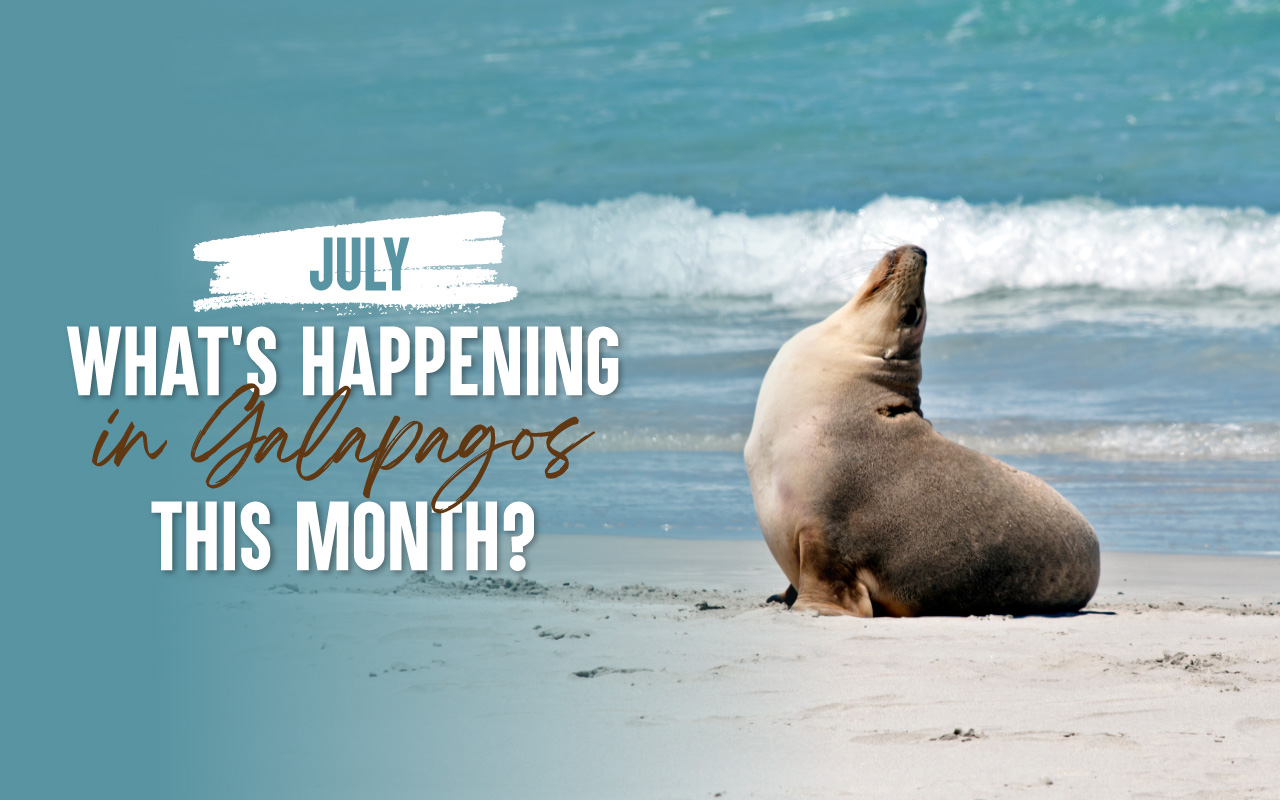
July is known for bird courtship and nesting, with blue-footed, masked, and red-footed boobies beginning their breeding season. It’s also the start of the California sea lion breeding period, with dominant males competing for territory. Cooler waters bring whales, dolphins, and great snorkeling and diving.
















